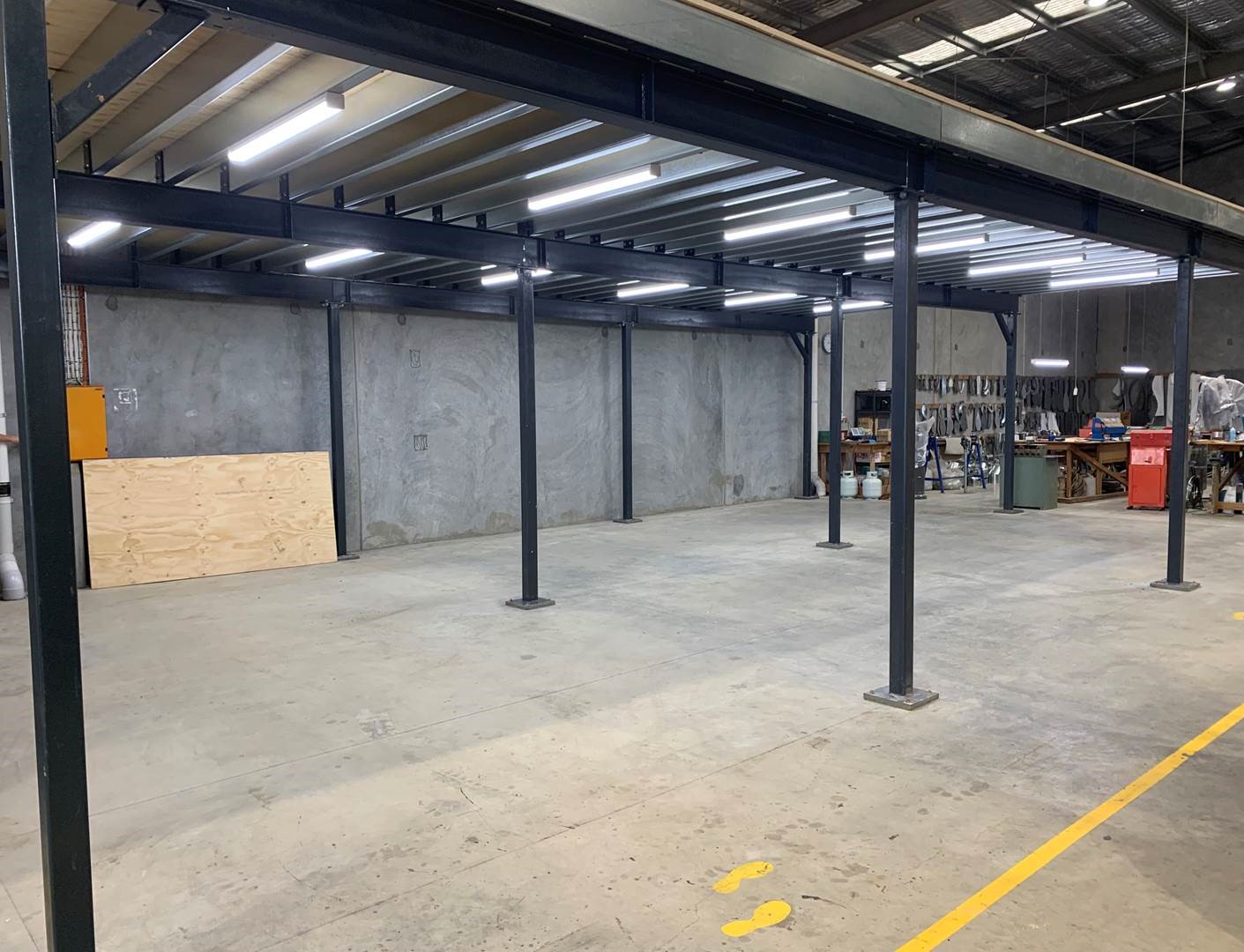When you’re working with electrical products, you’ll find waveforms (that is, the shape of its graph as a function of time) displays the difference between nonlinear and linear loads.
While both linear and nonlinear loads are found in electrical devices and outputs throughout homes and businesses, they look and act different from one another.
Want to know the main differences between linear and nonlinear electrical loads?
Read more from the trusted electrical wholesaler company, Nedlands Group to find out.
What are linear electrical loads
The term ‘linear’ refers to things that are ‘along with a straight line.’ Linear electrical loads are defined as currents that are proportional to the voltage at any given time. This is otherwise referred to, in physics, as Ohm’s law.
Examples of linear electrical loads:
- Capacitor and Capacitive Circuits
- Inductor and Inductive Circuits
- Resistance and Resistive Circuits
- Motors
- Transformers.
For example, let’s say you have a waveform reflecting the voltage, with a current in clean 60 Hz sine waves. With this waveform, the current looks exactly like the voltage. Hence, the term ‘linear load’ is applied in this instance.
With these types of loads, when applied voltage is increased, so too will the current flowing through the circuit increase. The same will apply vice versa.
What are nonlinear electrical loads?
On the other spectrum we have nonlinear electrical loads, where the current isn’t proportional to the voltage and fluctuates based upon alternating load resistance. They look nothing like the voltage on a waveform.
Examples of nonlinear electrical loads:
- Computers
- Printers
- Rectifiers
- Servers
- Televisions
- Transistors.
Nonlinear electrical loads work by drawing currents in brief and rapid pulses. As these pulses distort the current’s waveforms, harmonics are generated, which can lead to power problems.
As the current is pulled through the system, nonlinear loads have the capacity to create current, and in turn, voltage distortion.
These power problems have the real capacity to affect distribution system equipment and also any loads connected to it. You can read our post on harmonics here.
High quality electrical products and services from Nedlands Group
When you need quality electrical products for your next project, use Nedlands Group.
Our team of experts are committed to establishing ourselves as Australian electrical wholesaler leaders. You can have faith and peace of mind when choosing Nedlands Group.
Why?
- You’re purchasing direct from the manufacturer
- We’re proud to be Australia’s largest stockist – and know that the products we list are the products we have in stock. This means when you want them, you can have them!
- All lighting/electrical products and accessories are stringently certified by Australian regulations for Australian industries.
- Fast and free delivery on all online with no minimum orders needed. You can count on time critical deliveries straight to your site, dispatched on the same day (conditions apply).
Need lighting design and supply as well? Nedlands Group have that service covered for you, too.
Need a reliable, Australian electrical wholesaler?
Contact Nedlands Group today for high-quality LED lighting products and accessories delivered straight to your doorstep.







 LOGIN TO
LOGIN TO